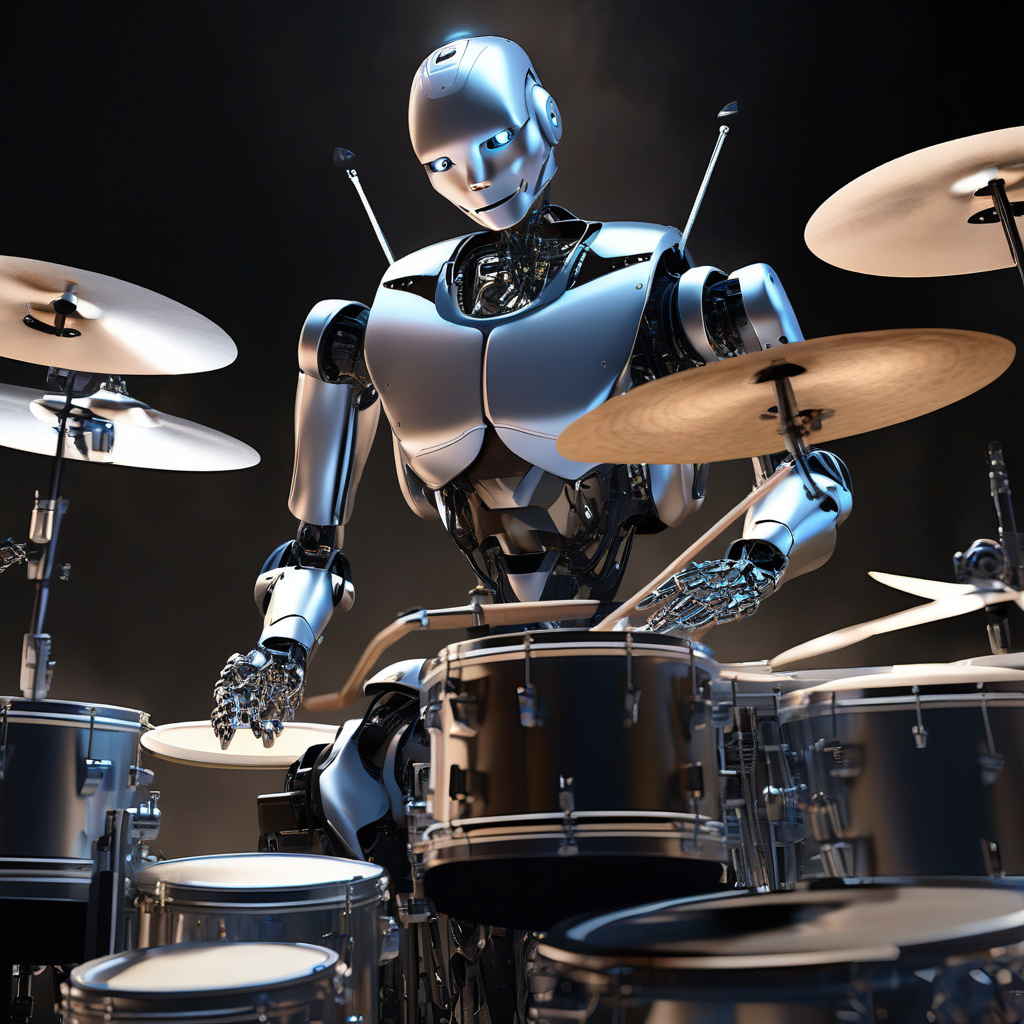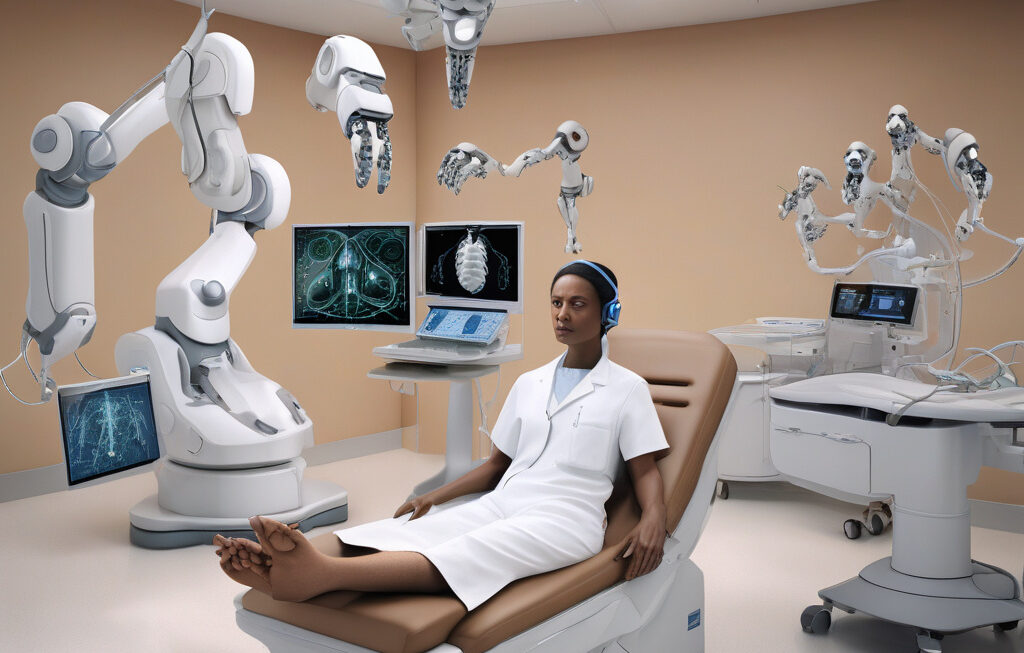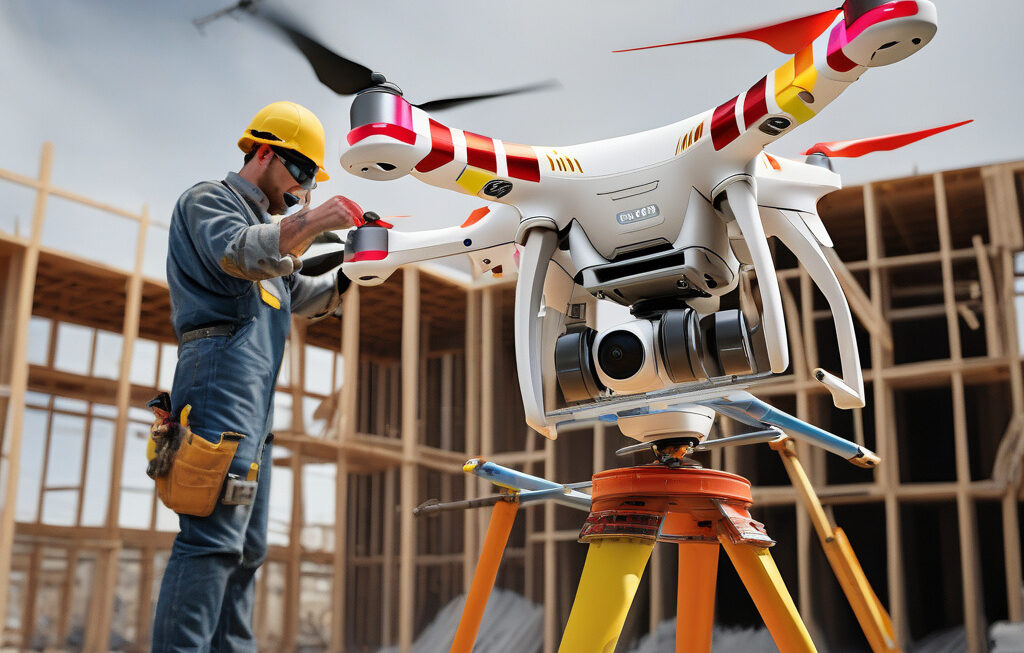World-First Humanoid Robot Drummer Achieves 90% Rhythmic Accuracy in Complex Songs
Humanoid robots are typically built to mimic the human form for practical tasks like assisting in surgeries, providing customer service, or even exploring environments too hazardous for humans. However, the boundaries of what robots can achieve are continually being pushed, as demonstrated by the world’s first humanoid robot drummer. This groundbreaking innovation has managed to play complex songs with an impressive 90% rhythmic accuracy, showcasing the remarkable progress in robotics and artificial intelligence.
The humanoid robot drummer represents a significant leap forward in the field of robotics. While robots have been programmed to perform repetitive tasks with precision in the past, the ability to play music with rhythm and flair adds a new dimension to their capabilities. This feat was made possible through advanced programming techniques that enable the robot to not only hit the drums accurately but also maintain tempo and adapt to changes in the music in real-time.
One of the key challenges in developing a humanoid robot drummer lies in the intricate coordination required to play the drums effectively. Unlike rigid industrial robots that perform predefined movements, a humanoid robot must possess a level of dexterity and flexibility similar to that of a human drummer. This necessitates sophisticated sensors and actuators that can mimic the complex motor skills involved in drumming, such as hand-eye coordination, timing, and rhythm.
To achieve 90% rhythmic accuracy in playing complex songs, the humanoid robot drummer relies on a combination of machine learning algorithms and sensor feedback. By analyzing audio inputs in real-time, the robot can adjust its drumming patterns to match the tempo and beat of the music being played. This dynamic adaptation allows the robot to handle a wide range of musical genres and styles, from jazz and rock to electronic dance music.
In addition to its technical prowess, the humanoid robot drummer also raises intriguing questions about the intersection of technology and creativity. Can a robot truly appreciate music in the same way humans do? While the robot may not experience emotions or derive pleasure from music as humans do, its ability to interpret and perform complex musical pieces highlights the potential for AI to engage with art in novel ways.
Looking ahead, the implications of this achievement extend beyond the realm of music. The same technology that powers the humanoid robot drummer could be applied to various industries, from entertainment and education to healthcare and beyond. Imagine robots assisting music teachers in conducting drumming classes or collaborating with human musicians in live performances, opening up new possibilities for creative expression and collaboration.
As we witness the world’s first humanoid robot drummer playing complex songs with 90% rhythmic accuracy, we are reminded of the boundless potential of robotics and AI to transform our world. Whether it’s pushing the boundaries of what robots can achieve or exploring new frontiers in human-robot interaction, this technological milestone serves as a testament to human ingenuity and innovation in the digital age.
robotics, humanoid, innovation, AI, music industry












